There’s always an alternative: The CIO who overhauled a $15 billion pension portfolio
After two tenures, AsianInvestor's 2021 Standout CIO Jang Dong-hun looks back on the past six years at Korea's Poba with satisfaction.
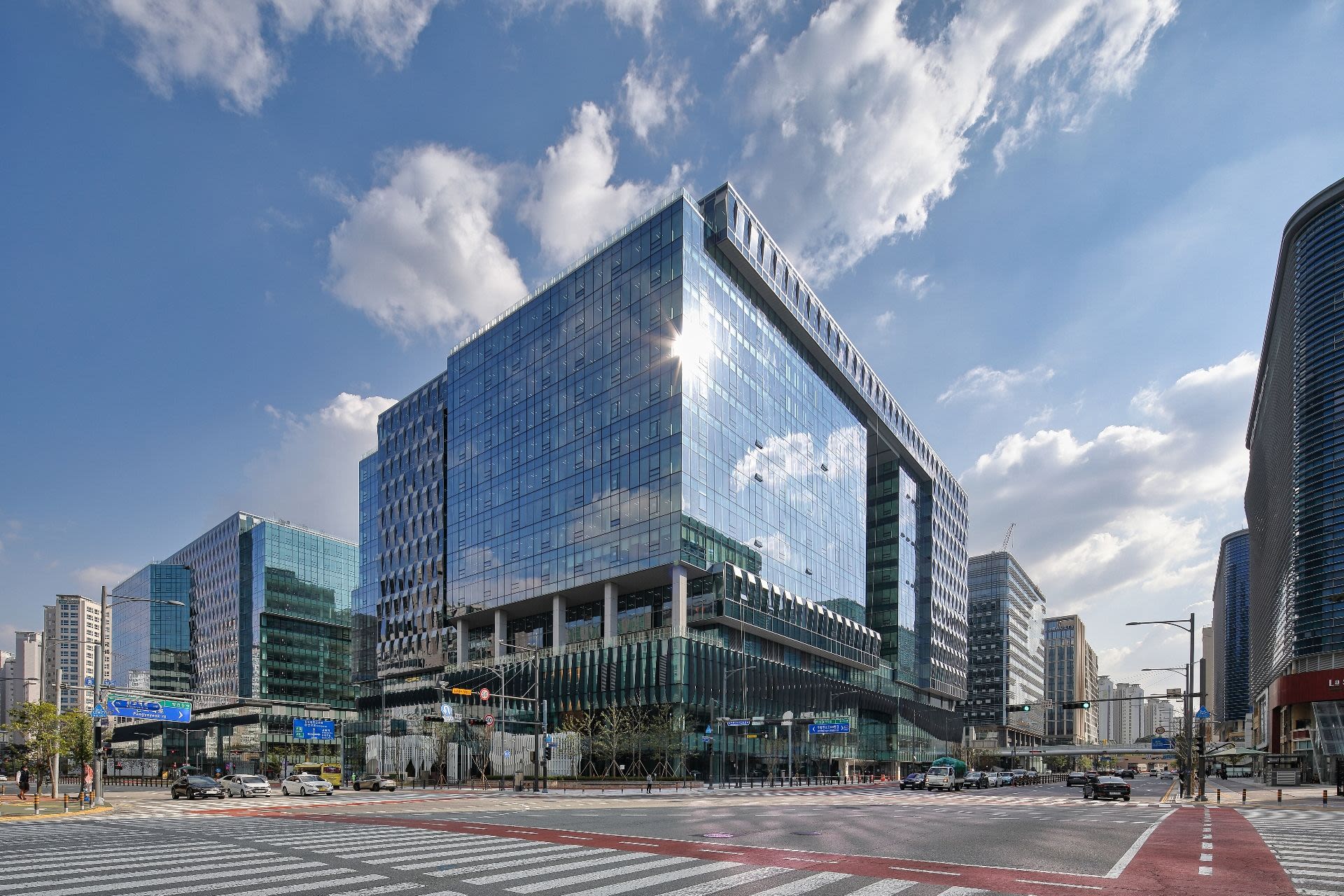
With a pair of polygonal glasses set neatly on the bridge of his nose, and his fringe combed to one side, Jang Dong-hun gives off the impression of a courteous chief investment officer with a strait-laced, methodical approach.
But he prefers to see himself as a flexible investor, which he says enabled him to overhaul a traditional Korean public pension into an institution at the forefront of niche private assets across the world.
“I have so many faces,” said Jang, in an exclusive interview with AsianInvestor, as he prepares to exit the fund after his second term ends in the first quarter of the year.
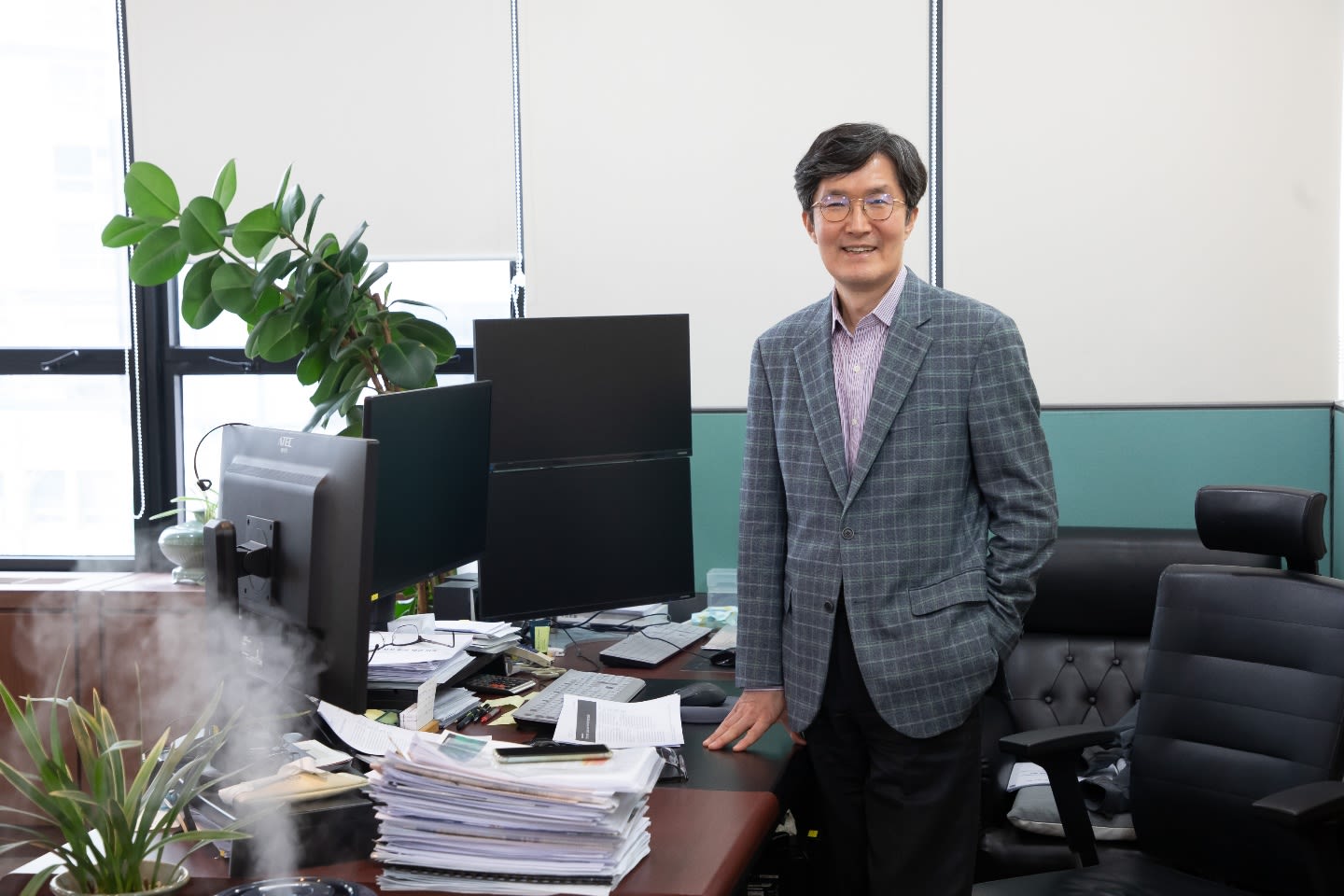
“I'm flexible. If this one doesn't work, I can go that way,” he said in reference to his investment approach.
Under Jang’s management, the $15 billion Public Officials Benefit Association (Poba) generated a record-high funding ratio, historical returns, and a resilient portfolio that remains unflinching through a financial crisis, a pandemic and now a new inflationary environment.
Last year, Poba was one of the biggest winners at AsianInvestor’s 2021 Institutional Excellence Awards, winning Best Asset Owner in Korea and Japan; Best in Class - Response to Covid-19 Pandemic; and Best in Class - Standout CIO.
His flexible approach comes from a distinct personality trait that helped Poba survive and even thrive amid constantly changing market conditions, he mused.
In the first half of 2020, for instance, Poba faced difficulties deploying capital due to the low number of transactions in the private market amid the pandemic.
“To overcome that situation, I said: ‘Well, we can invest with real estate investment trusts (REITs) to invest in real estate, and for infrastructure, we can invest in listed infrastructure funds or companies.’ So that's what we did,” Jang said.
“I think of myself as a contrarian. Of course, contrarian does not make every success. However, in investment, trying to always think in a contrarian perspective is very important,” he said.
MAKING HISTORY
Jang, at 60 years old, is among the first generation of portfolio managers in Korea’s asset management industry. He started as an equity portfolio manager with asset management firm Korea Investment Trust back in 1988, and only picked up alternative investment strategies later in his career when he became the CIO of Woori Asset Management in 2010.

Oct 1998: Jang (second from right, back row) with domestic equity PMs to commemorate their performance in Korea Investment Trust Co.
Oct 1998: Jang (second from right, back row) with domestic equity PMs to commemorate their performance in Korea Investment Trust Co.
He was handed the baton of Poba in late 2015, which he accepted intending to deepen his experience across different asset classes. At that time, the pension fund had only 1% of assets in infrastructure, when there was no investment in private debt, and alternative assets were focused on single domestic projects.
As a public pension fund, Poba needs to achieve 5% returns each year. “So to achieve that objective on an annual basis, we can’t be heavily exposed to market turbulences,” Jang said.
At that time, Jang picked up “Pioneering Portfolio Management” written by David Swensen, the former chief investment officer of Yale University.
“That book provided me with a lot of good insights on how I can reconstruct Poba’s portfolio to meet their objective…I think every institution has a different strategy and different situation, however, I could draw the big picture to change the whole portfolio in Poba,” Jang said.
Upon his arrival in 2015, he decided to alter the portfolio into a more diversified and resilient one with more assets in alternative space. But it was tough at the initial stage – it was difficult to generate enough cash flow as it took up to five years to deploy 100% of investments into a fund in the private market. This made Jang face pressure within the organisation during his first three-year term.
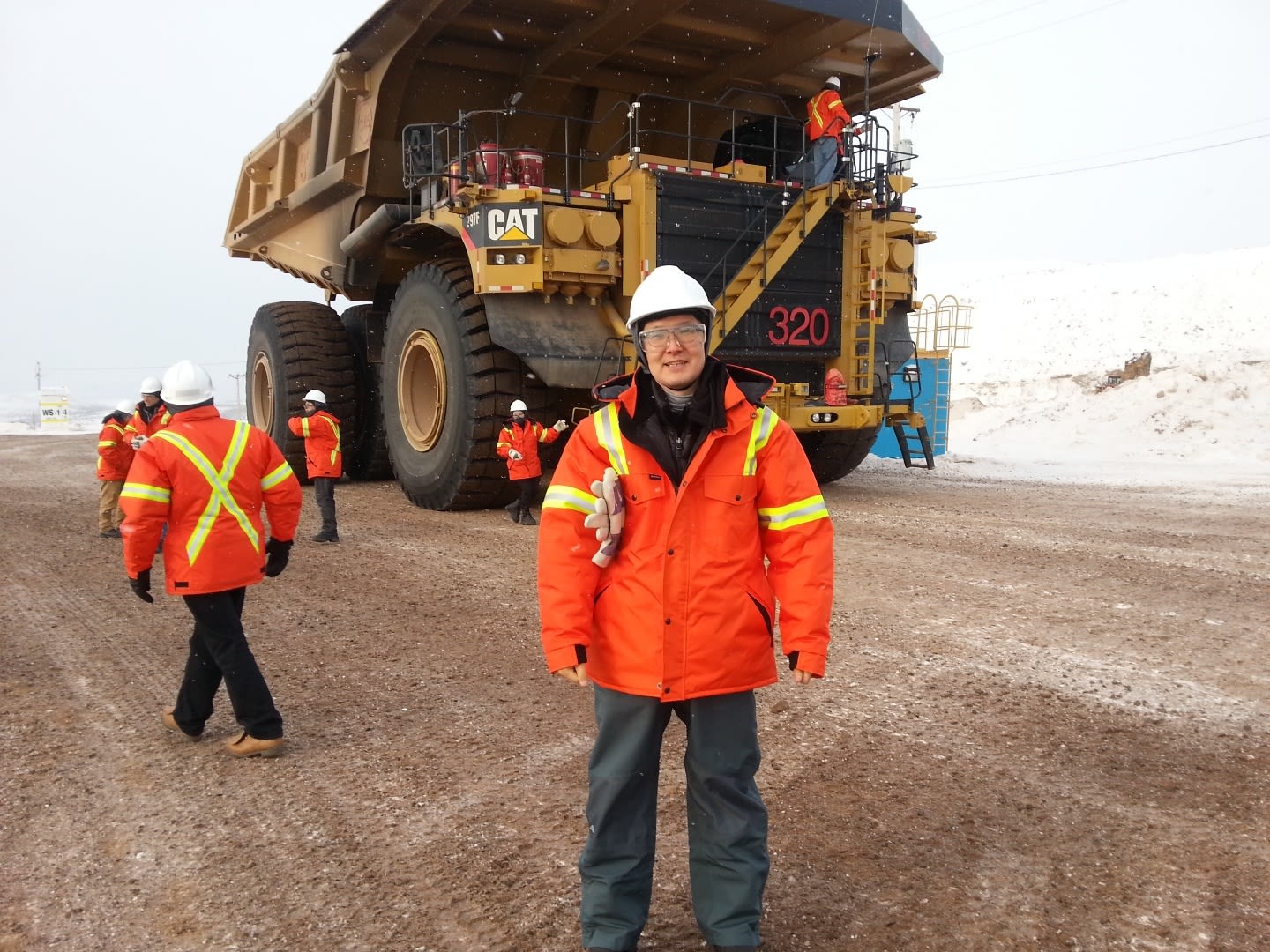
Jan 2013: Jang performing due diligence in Canada as a chief portfolio manager for the National Pension Service and steel-making company POSCO.
Jan 2013: Jang performing due diligence in Canada as a chief portfolio manager for the National Pension Service and steel-making company POSCO.
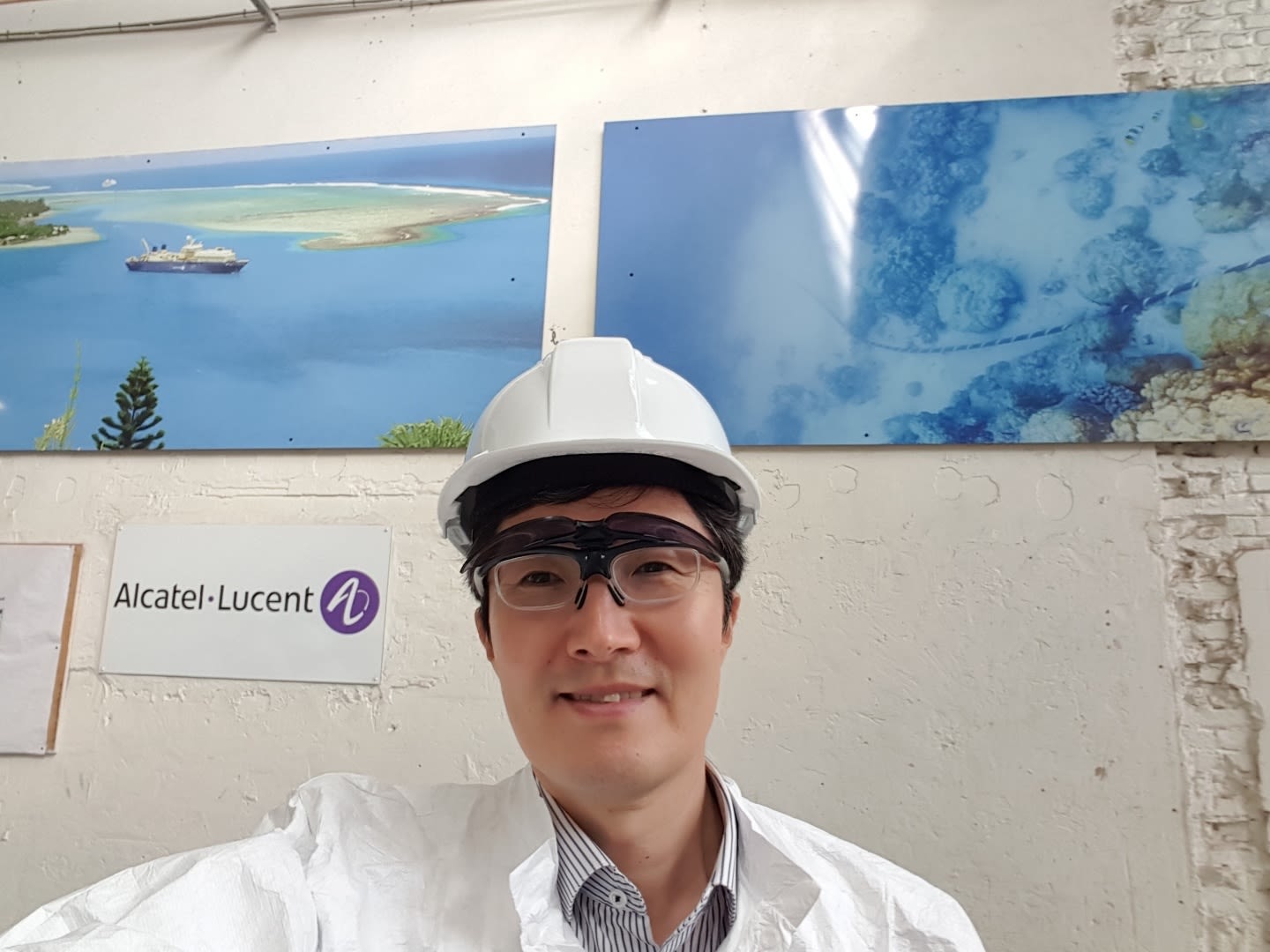
Sep 2016: Attending a Partners Group conference and performing an on-site visit to a portfolio company.
Sep 2016: Attending a Partners Group conference and performing an on-site visit to a portfolio company.

Apr 1988: Receiving a notice of appointment from the CEO of Korea Investment Trust Co.
Apr 1988: Receiving a notice of appointment from the CEO of Korea Investment Trust Co.
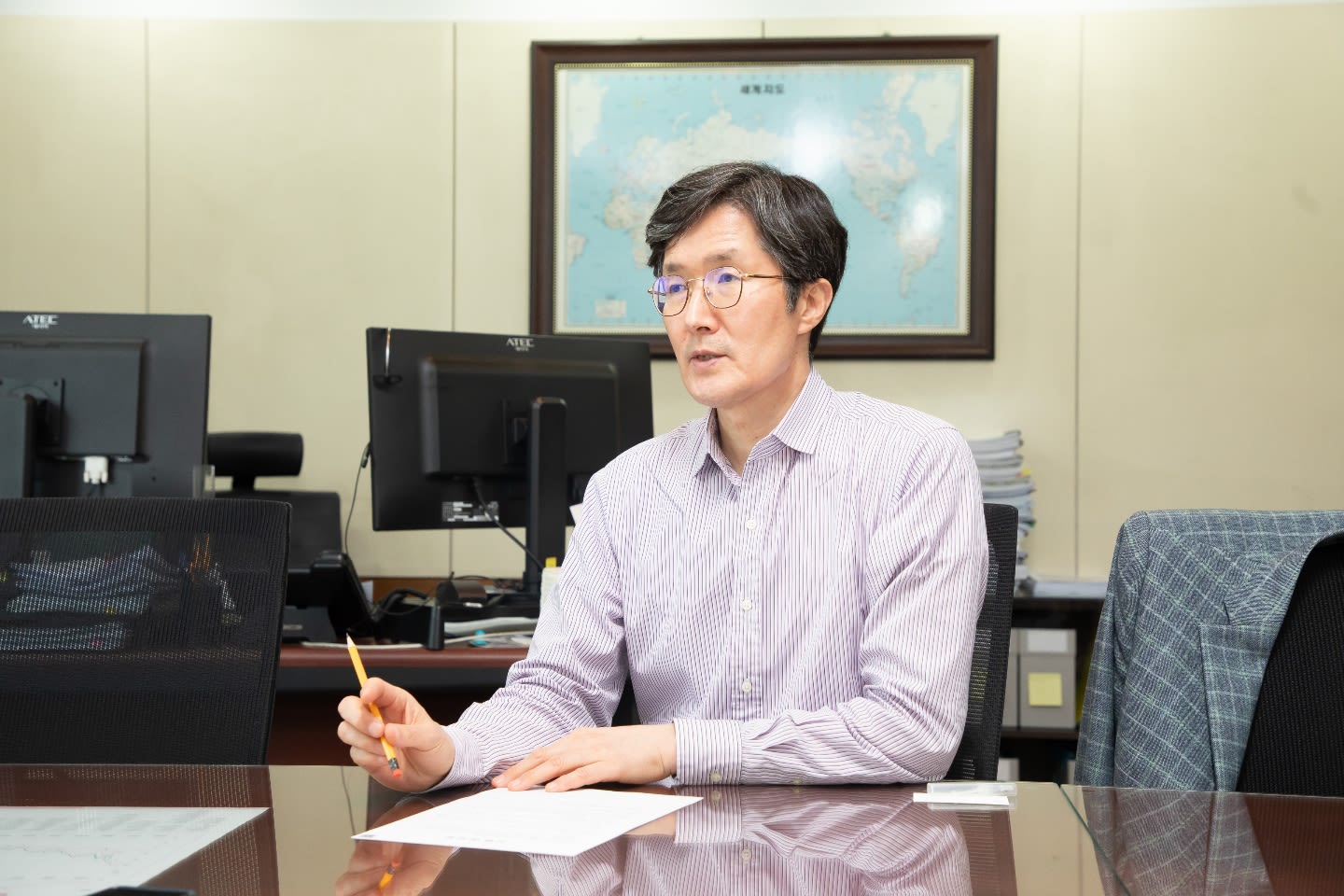
“Some of my colleagues asked me: ‘You couldn’t complete the portfolio reconstruction during your three-year tenure. So why did you take it up?”
“I said, well, if I didn’t, you wouldn’t survive. You can’t achieve your return objective at all. So even though I worked there for just three years, I would like to layout the initial foundation for further development. That’s how we started it,” Jang recalled.
The rest is history. In 2018, when the two biggest asset owners in Korea - Korea Investment Corporation and National Pension Service – both suffered losses in the financial crisis (-3.8% and -0.9%), Poba generated 4% of return thanks to the resilient performance from domestic, European and American real estate investment.
From 2011 to 2015, Poba’s five-year annualised return was 3.7%. After Jang came, it almost doubled to 6.9% from 2016 to 2020, thanks to a diversified portfolio of more assets into funds with global general partners (GPs), including more blind-pool funds.
Now, Poba has more than 10% of assets in infrastructure, with a preference for renewable energy and technology-related projects in Europe, North America and Australia. In private debt, it has deployed $1 billion, which accounts for 4% of the $15 billion AUM.
For Poba’s 2021 performance, Jang expects to record a small double-digit return, generating more than W500 billion ($420.5 million) of net profit, marking a sixth consecutive year of surplus. As a result, its funding ratio is expected to reach a record of more than 106% in 2021, up from 103.8% in 2020.
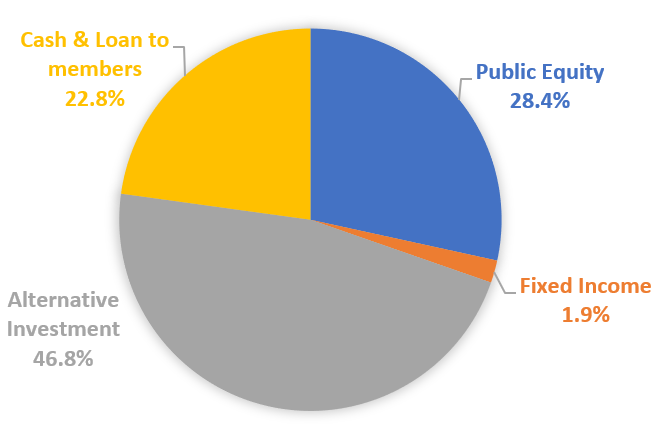
Poba's portfolio allocation as of end-2015
Poba's portfolio allocation as of end-2015

Poba's portfolio allocation as of end-2020
Poba's portfolio allocation as of end-2020
ALTERNATIVES CONVICTION
But Jang didn’t have such strong convictions right from the start.
“I'm not a natural-born infrastructure or private debt guy. As I communicate with global asset owners and GPs, and by reading a lot of related reference materials, I thought this is the kind of target we should really focus on,” Jang said.
“I mean, the private market is the private market, so those who know it well can really take advantage of the merits of the private market. There are lots of other global asset owners who really enjoy benefits from the private market. So, I just keep following that principle [of building a more diversified and resilient portfolio] that I initially established,” he said.
To keep abreast of the latest investment strategies, Jang keeps a habit of printing out financial news and research materials he finds useful every morning and sets them aside for the weekend.
“It’s a lot of reading to do. But it’s worth it. It’s worth it.” After absorbing all the new knowledge, Jang will share them with his team for learning and discussions, so that they have a better understanding of the market and more confidence in his strategies, and everyone moves towards the same direction, he said.
SPEAK OUT LOUD
Across Asia, or even in Korea, Poba is a relatively small pension fund. So Jang makes it a priority to actively attend conferences and events globally, including AsianInvestor’s, to lift Poba’s visibility.
By doing that, Poba gets to establish partnerships with sophisticated GPs and LPs. This includes co-investment with Danish pension fund PFA into European real estate, and a joint venture with California State Teachers’ Retirement System (CalSTRS) to expand into the US market, from commercial real estate debt to residential and distressed debt, and extending further to affordable housing recently.
He thanked AsianInvestor for providing a good platform for asset owners and fund managers to interact, through daily news stories and events across Asia.
Noting that Poba still has a lot of room for development, Jang sees awards as an encouragement for him and the team to “do more work for better".
“Definitely, everybody is really happy (of being awarded). Previously, some didn't have that kind of experience of winning an award,” he said.

2017: Jang receiving an award at the AsianInvestor 2017 Institutional Excellence Awards
2017: Jang receiving an award at the AsianInvestor 2017 Institutional Excellence Awards
This article was published by AsianInvestor. Click here to return to the AsianInvestor website.
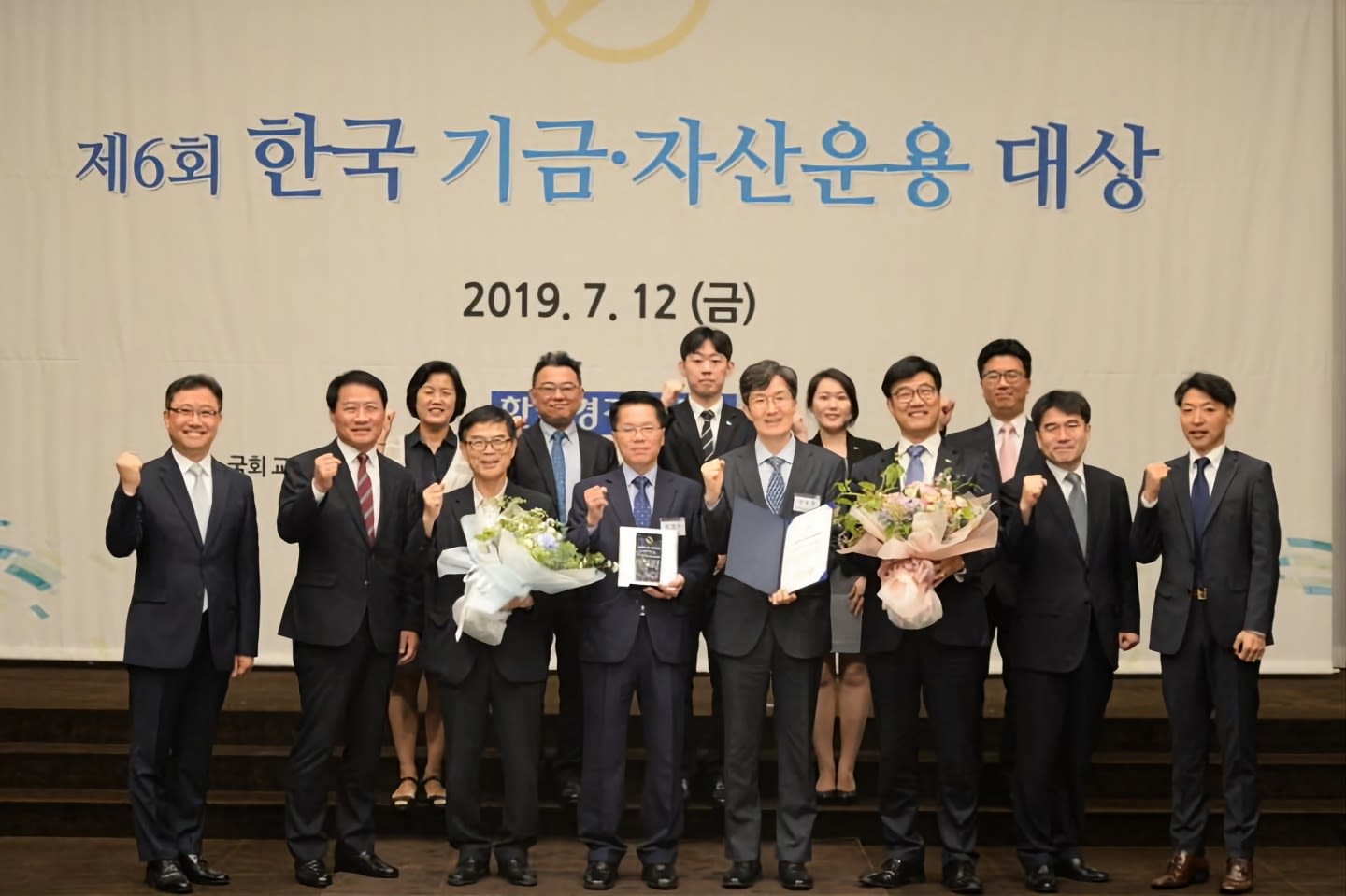
Jul. 2019: Poba was awarded the best institutional investor by Korea Economic Daily
Jul. 2019: Poba was awarded the best institutional investor by Korea Economic Daily
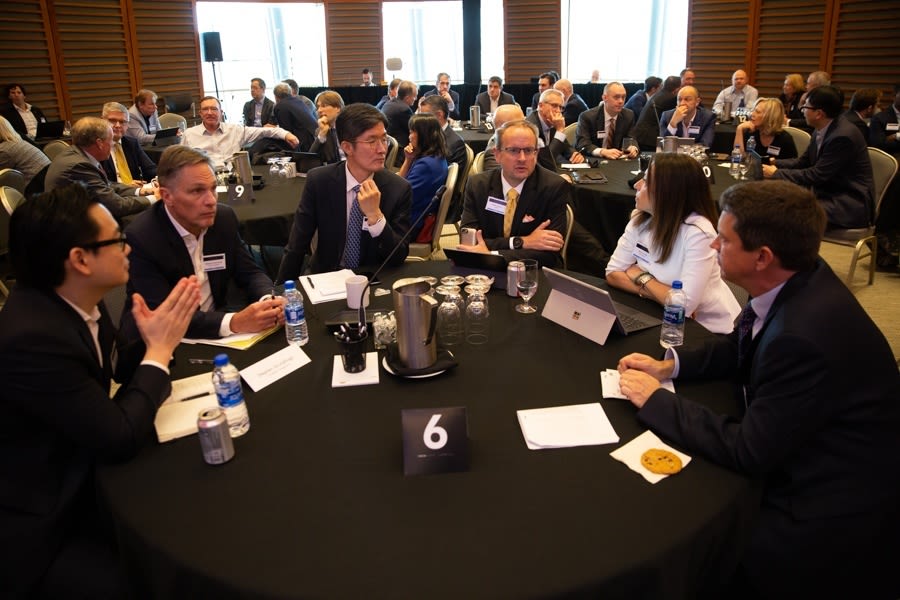
Oct. 2019: Jang attending a Conexus conference held in Harvard
Oct. 2019: Jang attending a Conexus conference held in Harvard
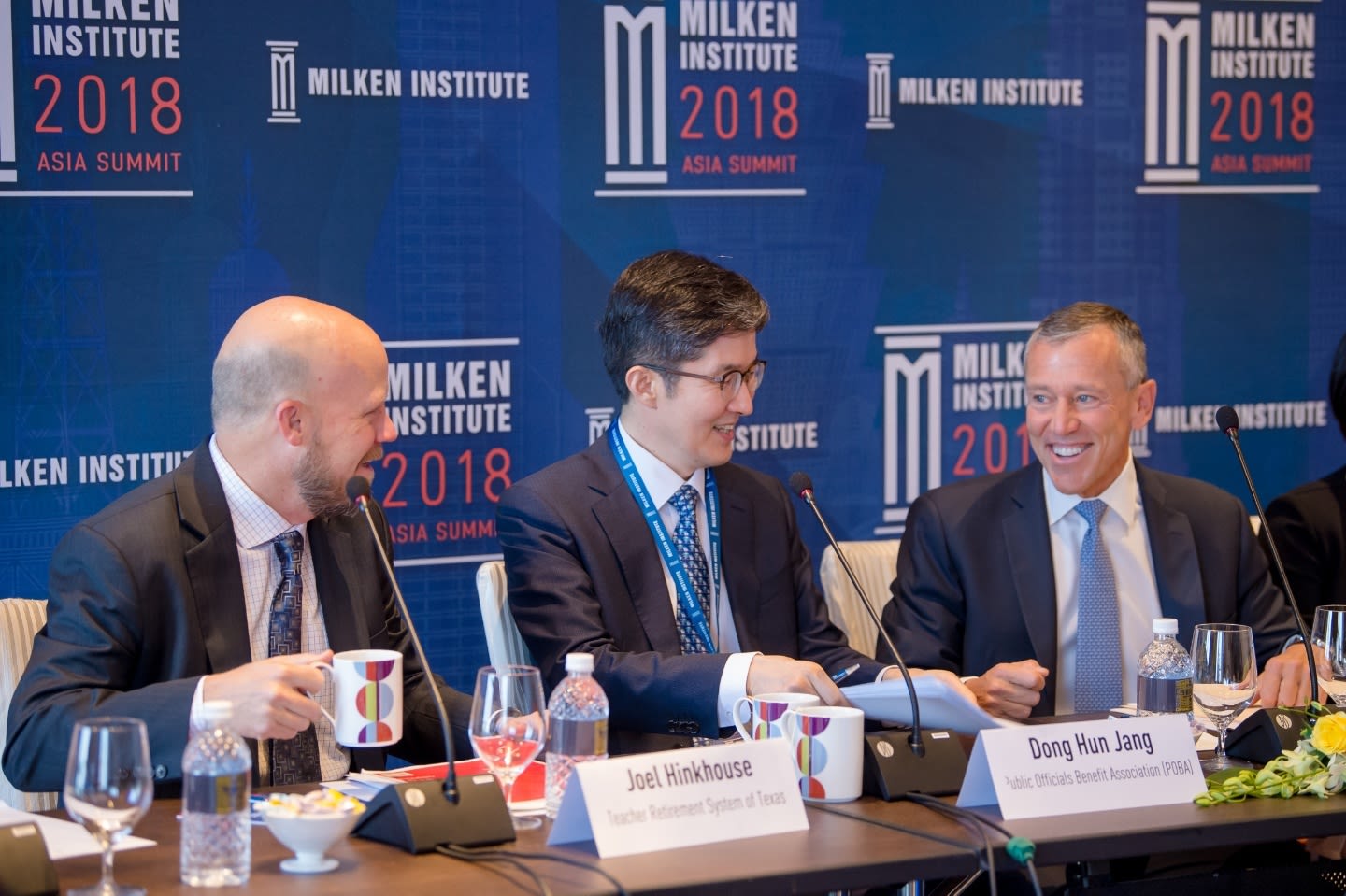
2018: Jang speaking at the Milken Institute 2018 Asia Summit
2018: Jang speaking at the Milken Institute 2018 Asia Summit
